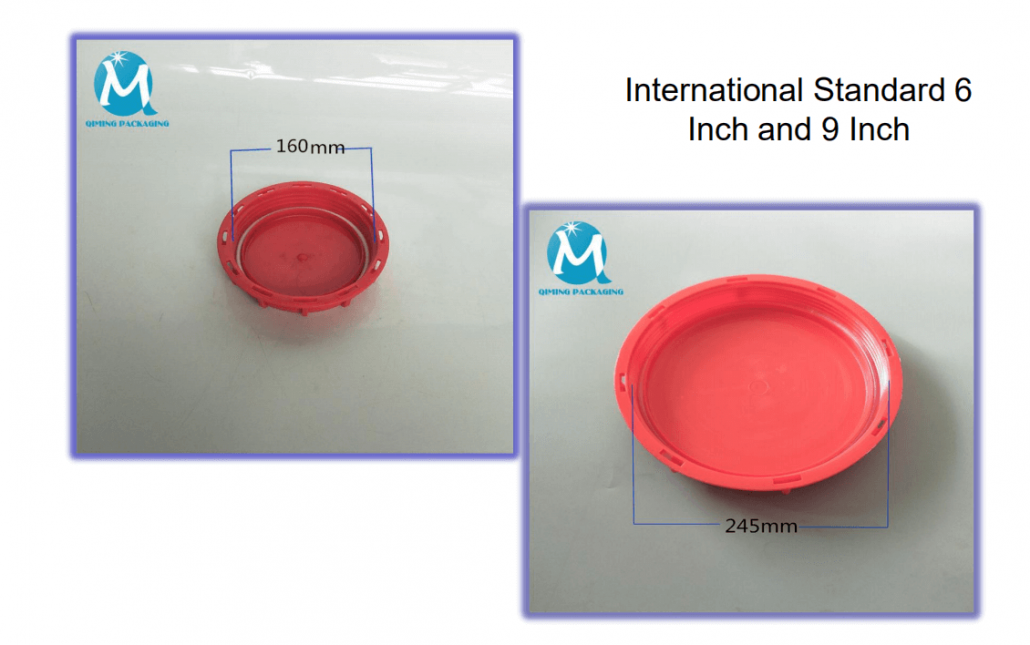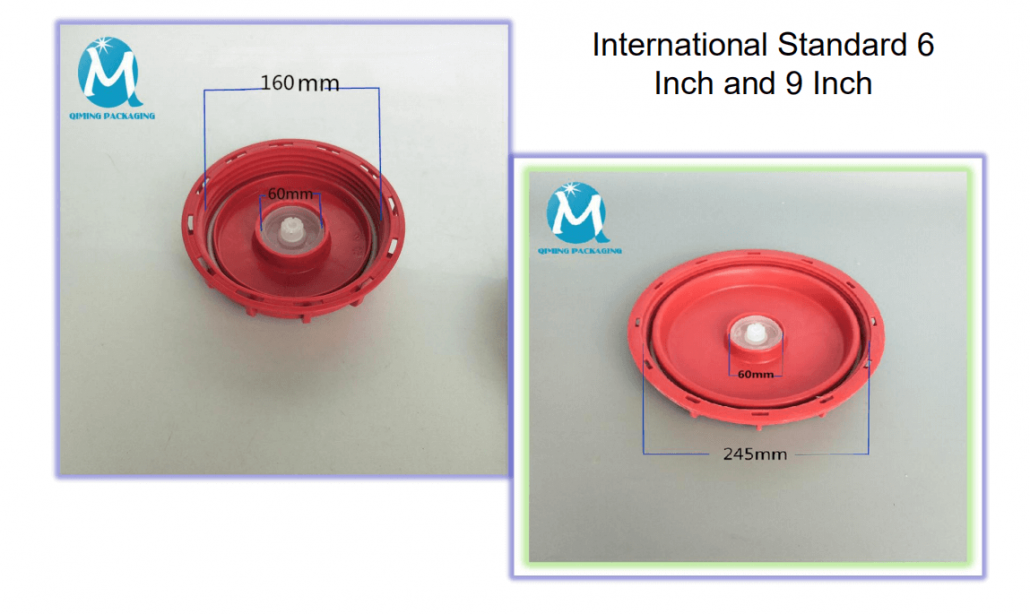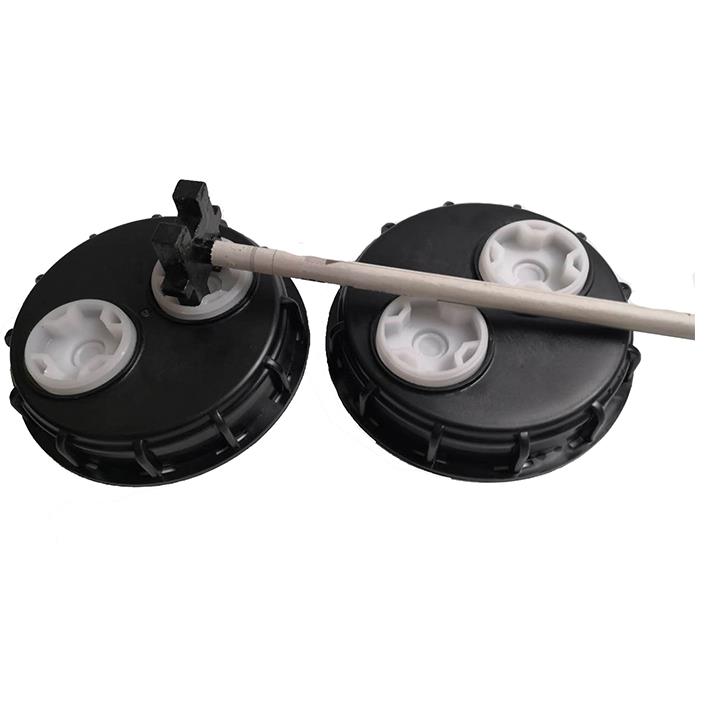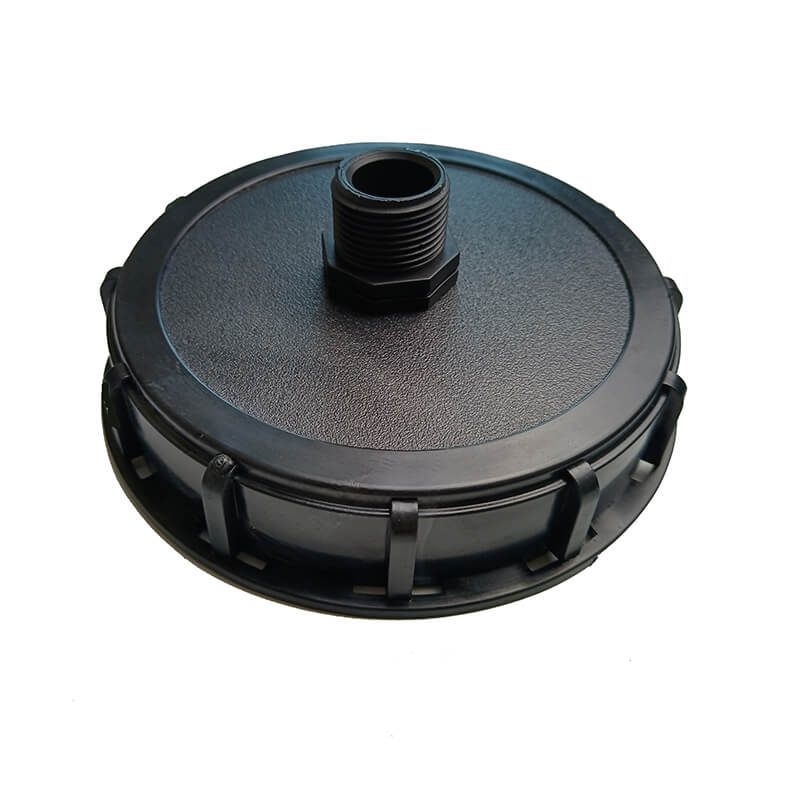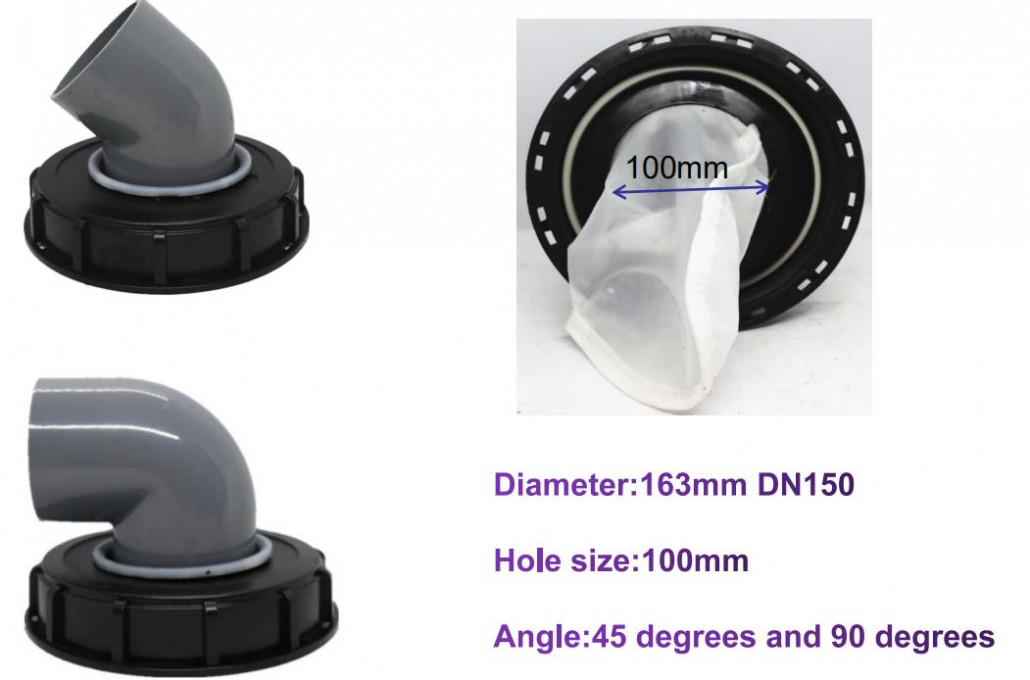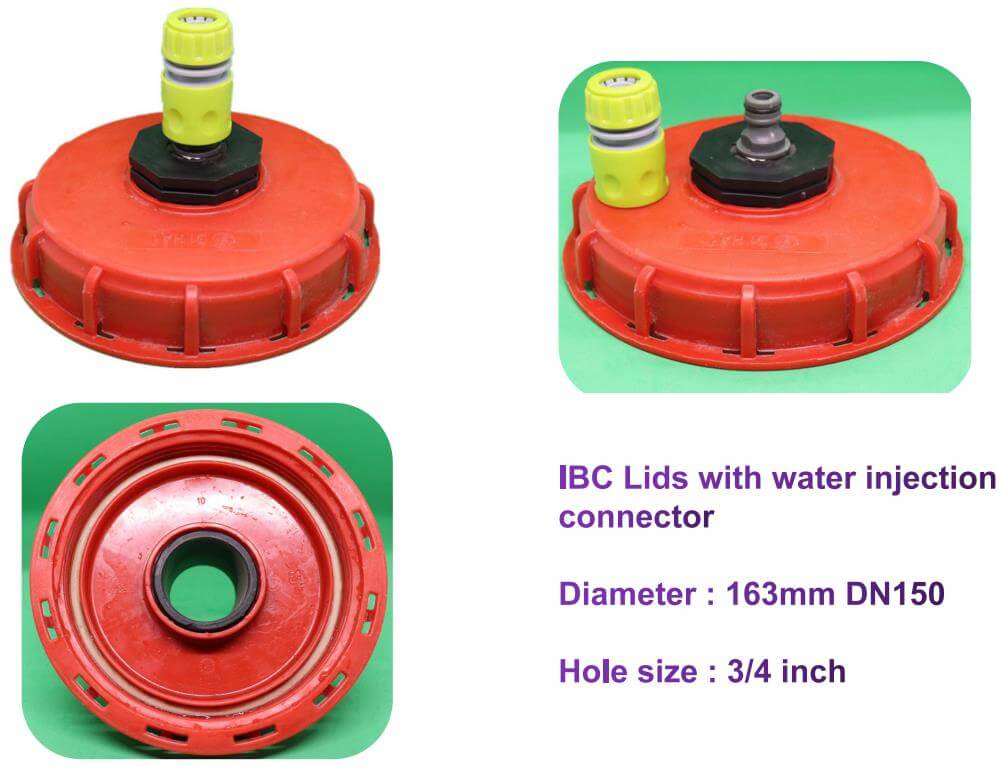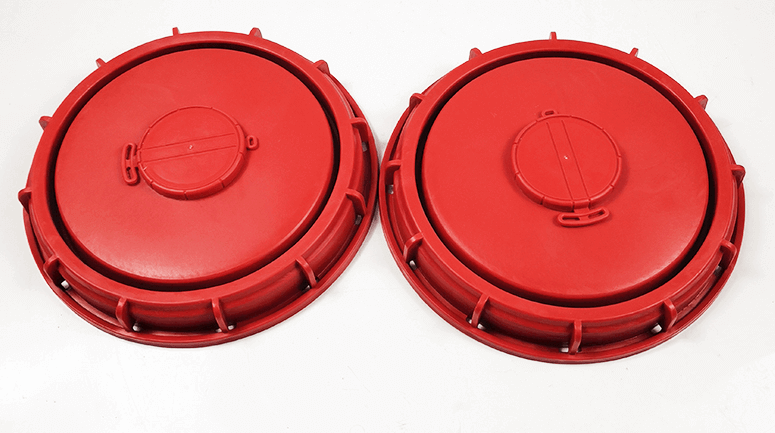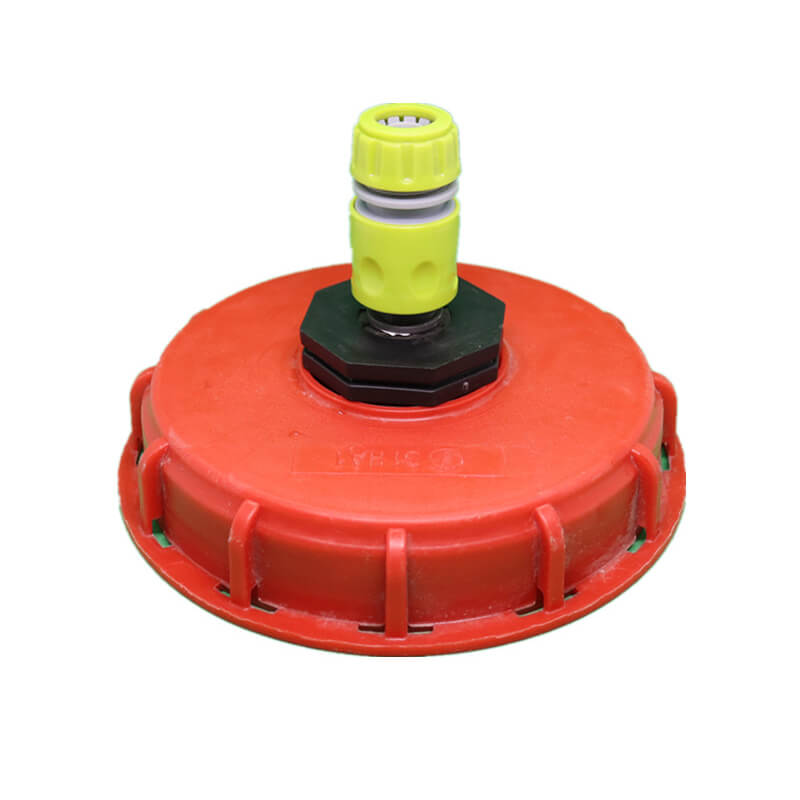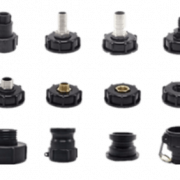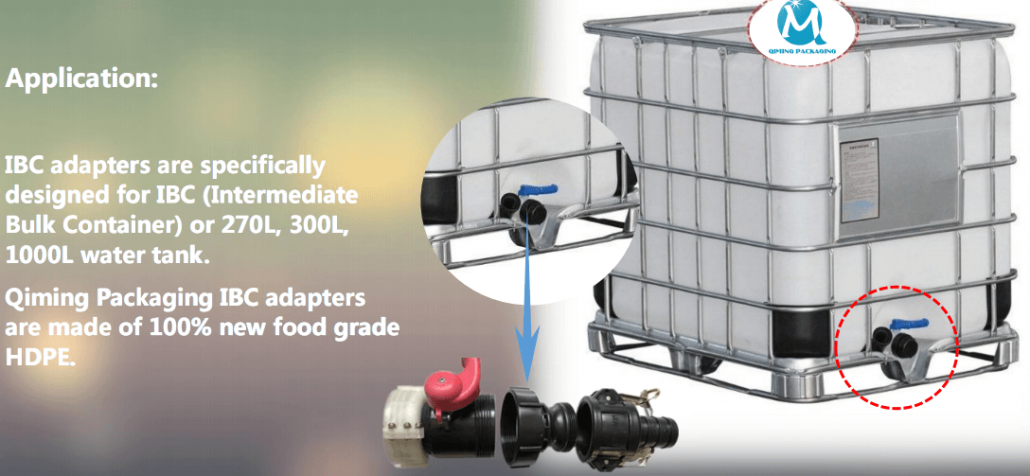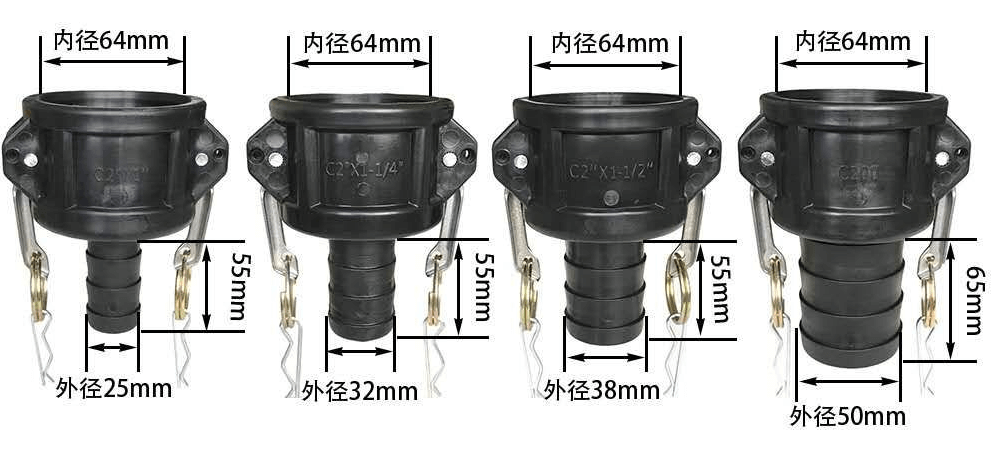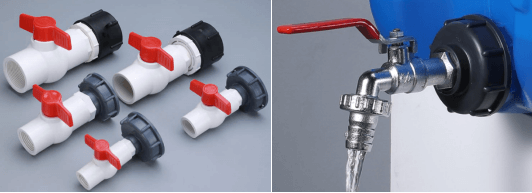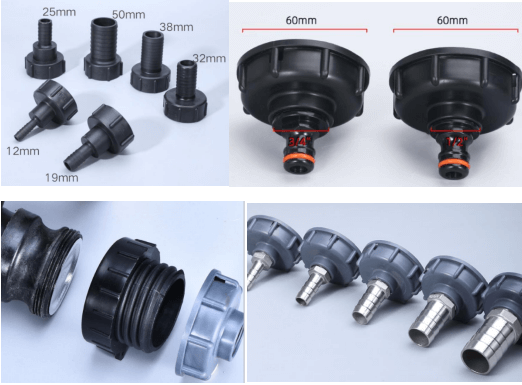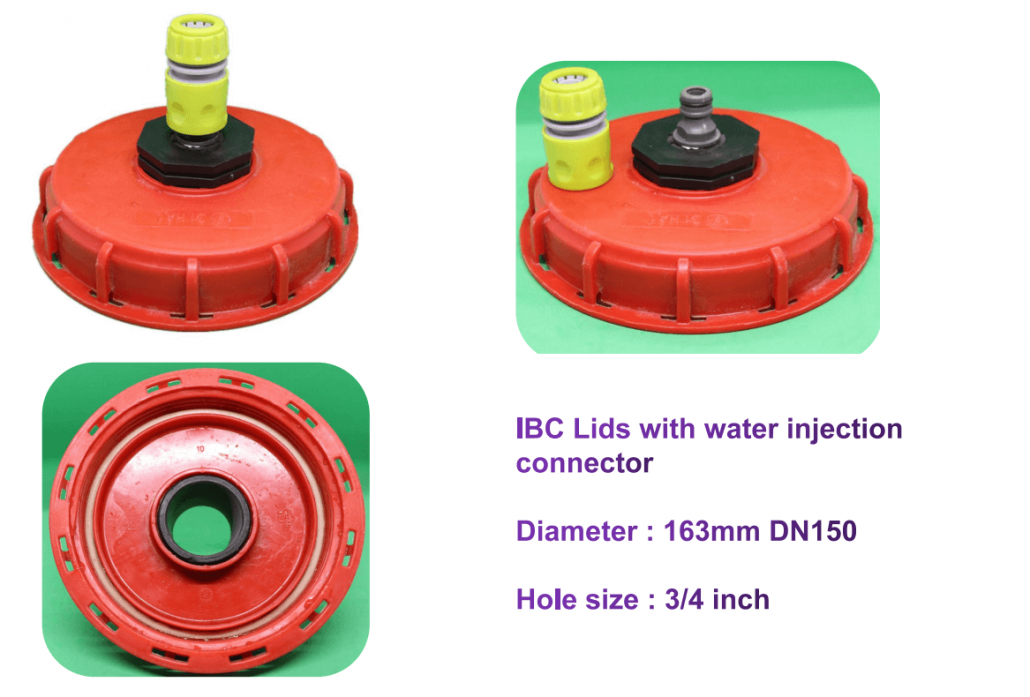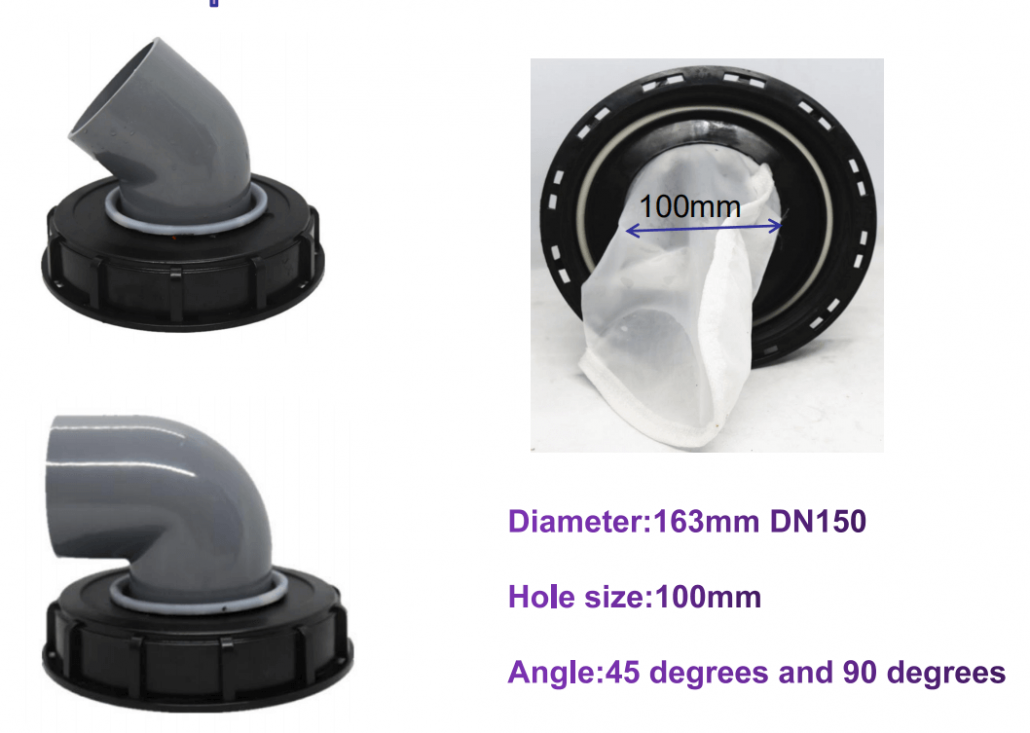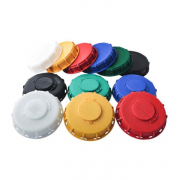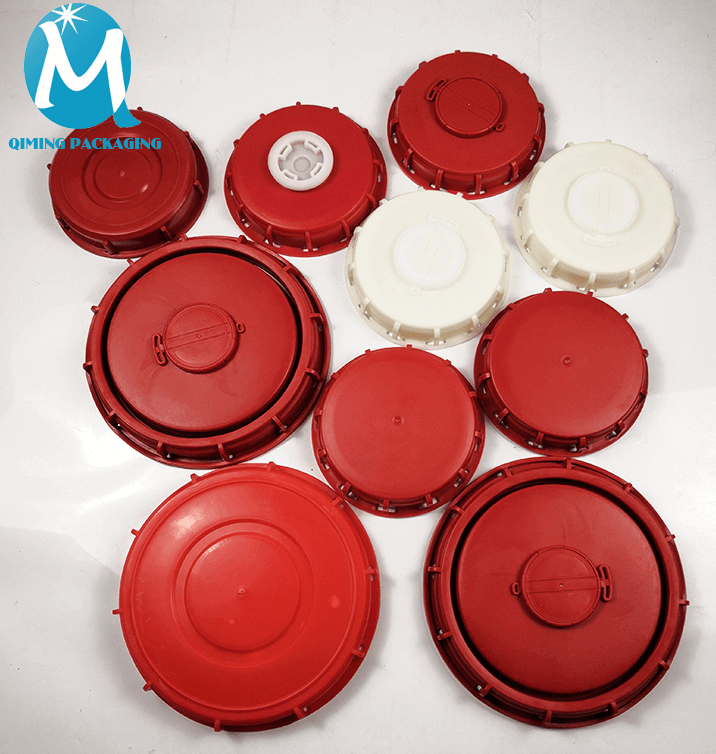Are IBC tanks safe?
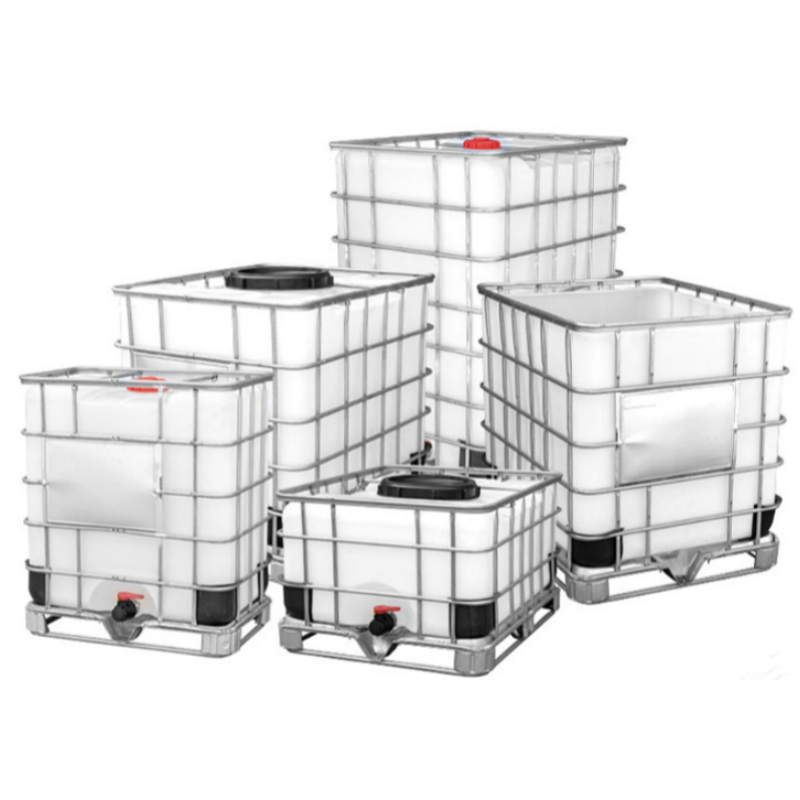
Intermediate bulk Containers (IBCs) are generally designed and manufactured to meet strict safety standards for the storage and transportation of liquids, chemicals, and other materials. However, the safety of IBC tanks depends on various factors, including the design, construction, material compatibility, handling, and usage.
Here are some considerations for ensuring the safety of IBC tanks:
Material Compatibility: Ensure that the material used to construct the IBC is compatible with the substance it will contain. Different chemicals or liquids may react with certain materials, leading to safety hazards.
Design and Construction: IBCs are available in various designs and materials, such as plastic, metal, or a combination of both. It’s essential to choose an IBC that meets the specific requirements of the substance being stored or transported.
Labeling and Documentation: Properly label IBCs with the correct information about the contents, handling instructions, and any potential hazards. Follow all relevant safety guidelines and regulations.
Handling and Transportation: Use appropriate handling and transportation methods, such as using compatible pallets, securing IBCs during transit, and following proper lifting procedures. Ensure that the IBC is not damaged during handling.
Inspection and Maintenance: Regularly inspect IBCs for signs of damage, wear, or corrosion. Any damaged or compromised IBCs should be taken out of service and replaced. Follow the manufacturer’s recommendations for maintenance.
Compliance with Regulations: Ensure that the IBCs meet or exceed relevant safety regulations and standards set by local authorities and international organizations.
Training and Education: Provide training to personnel involved in the handling, filling, and transportation of IBCs. Make sure they are aware of safety protocols and proper procedures.
It’s important to note that IBCs are generally considered safe when used according to the manufacturer’s guidelines and in compliance with applicable regulations. Always follow best practices for the specific type of IBC and material being stored to minimize the risk of accidents and ensure the safety of both personnel and the environment.
Qiming Packaging specializes in IBC containers, with a wide range of sizes to choose from. The following are Qiming Packaging IBC sizes.
| Specifications | |
| Capacity | 500/800/1000/1200/1500L |
| Model | DN50/DN80 |
| Material | Outer frame: Galvanized steel; Inner cube: 100% HDPE |
| Parts | ① IBC inner cube x 1; ② Outer frame x 1; ③ Pallet x 1; ④ Top lid x 1; ⑤ IBC valve x 1; ⑥ Plastic protector x 1; ⑦ Valve connecting tube x 1; |
| Thickness | ≈2mm |
| Forklift port distance | 100mm |
| Top lid(Inlet) | 150mm(DN150, 6 inch)/225mm (DN225, 9 inch); |
| Valve(Outlet) | DN50/DN80 ball valves |
| Color | White/blue/black |
| Feature | Resistant to falling and wear, high mechanical strength, cold and heat resistant, acid and alkali resistant |
| Maximum filling density | 2 |
| Stacking limit | Static stacking: 3 layers can be stacked;Dynamic stacking: density<1.5, 2 layers; density<2, 1 layer |
| Packing term | Film packaging, stacking together one by one. |
| Delivery | Within 1-3 working days(Stock);Within 3-5 working days(Max order); |
If you don’t find the size you want, please contact us, we will help you.
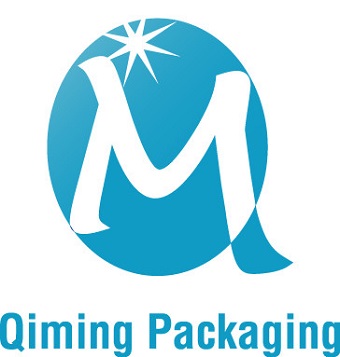
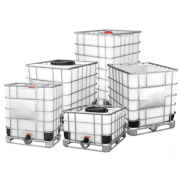
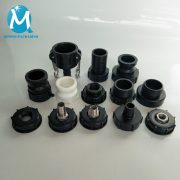

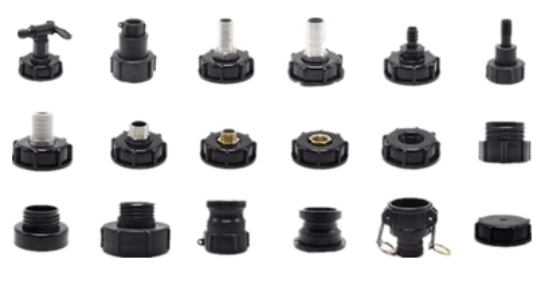
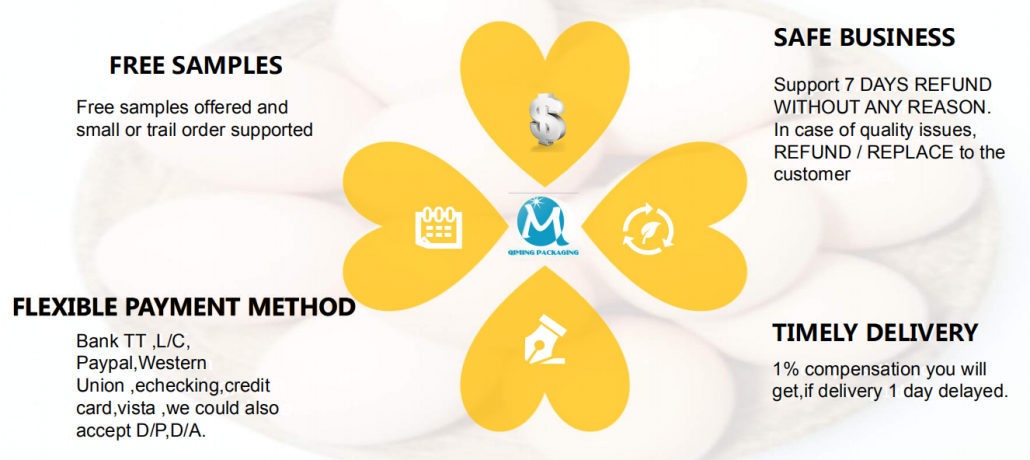
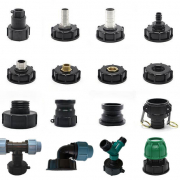
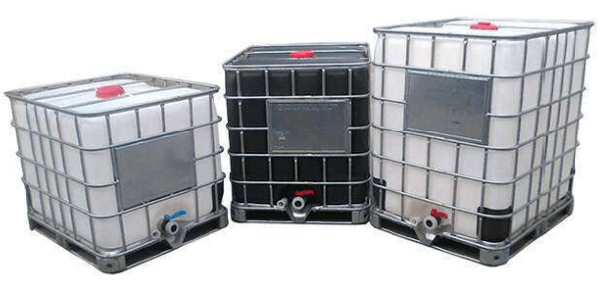
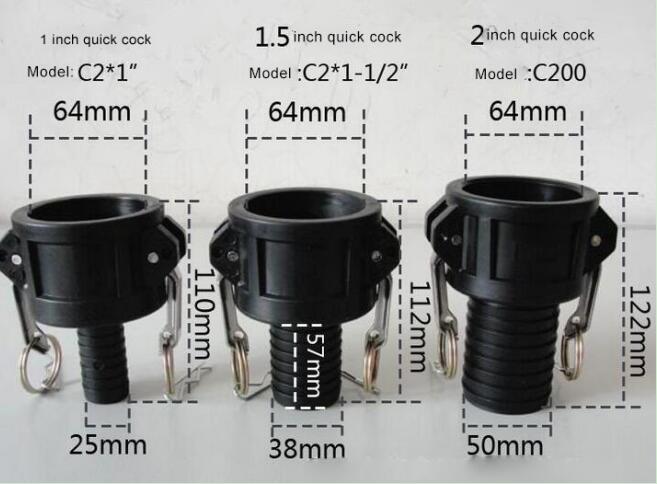


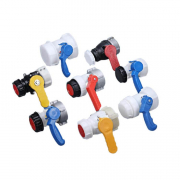


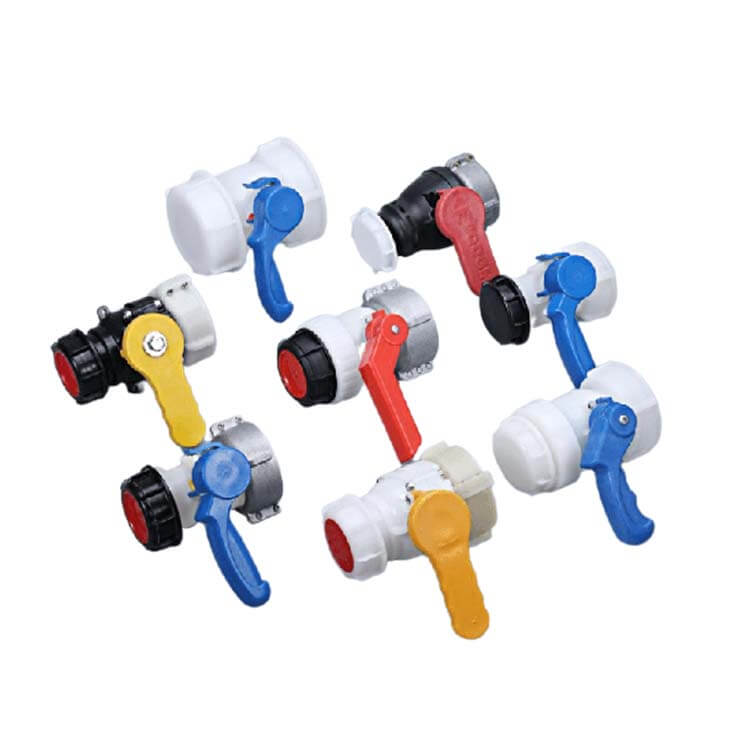
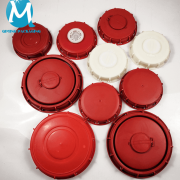
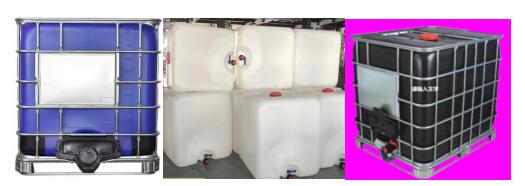
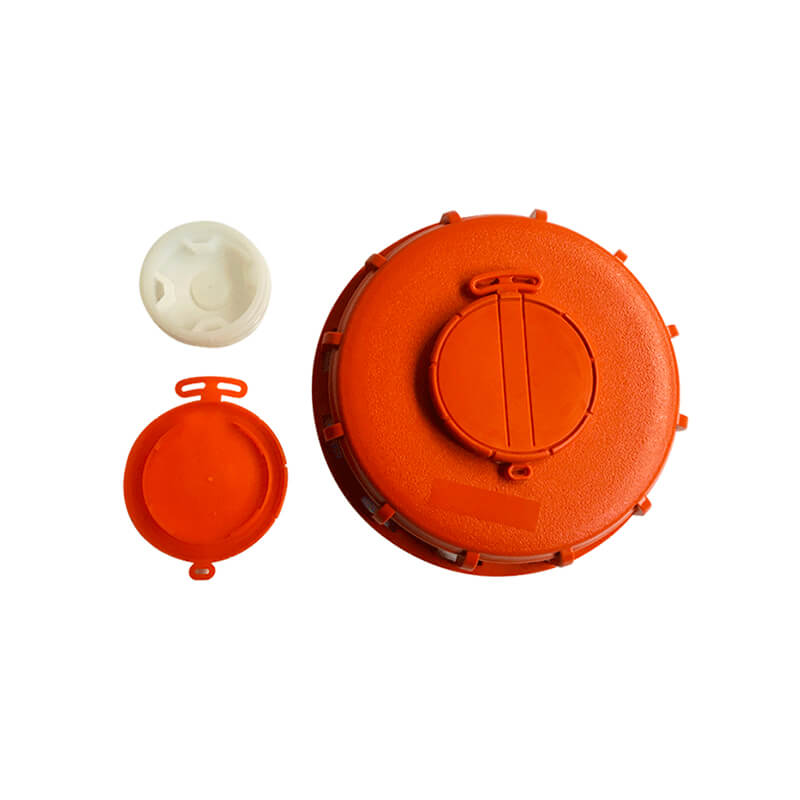
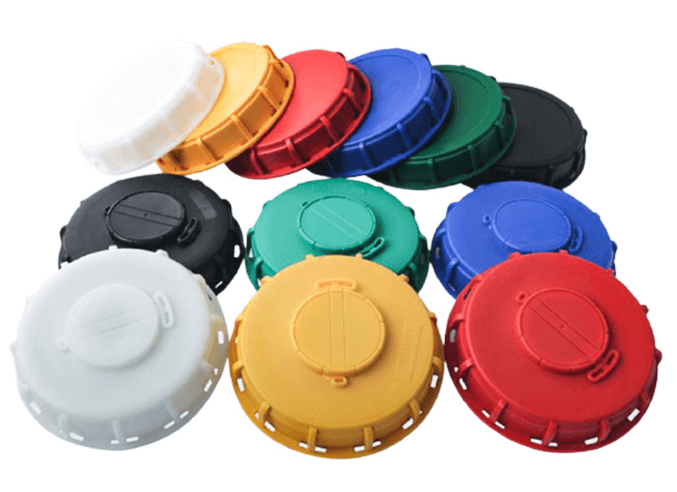
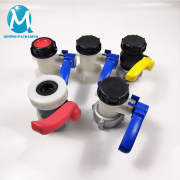

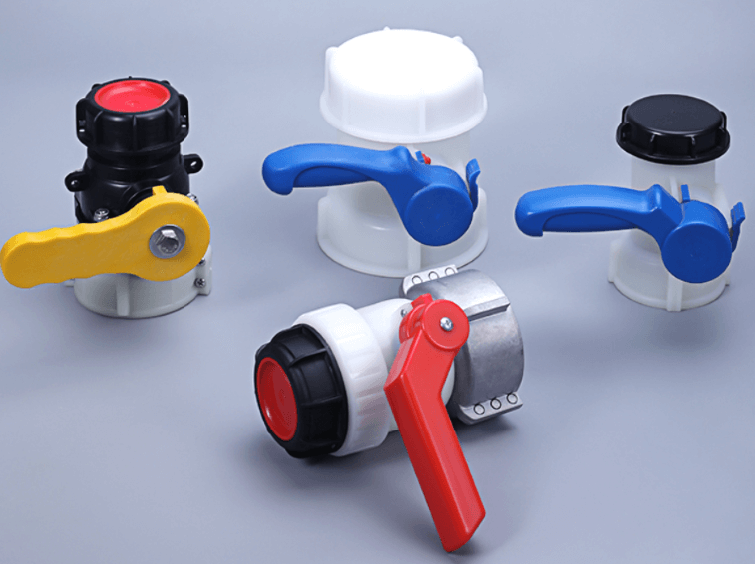
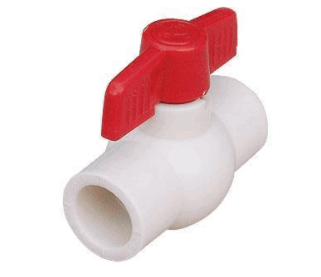


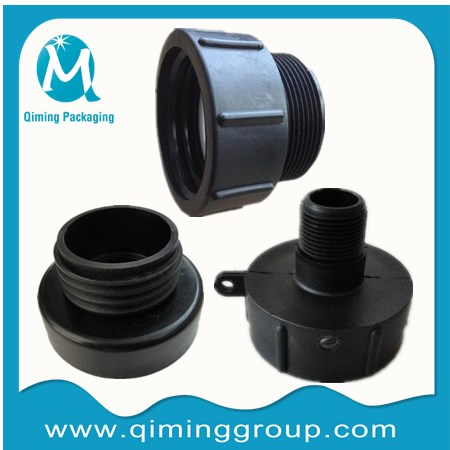
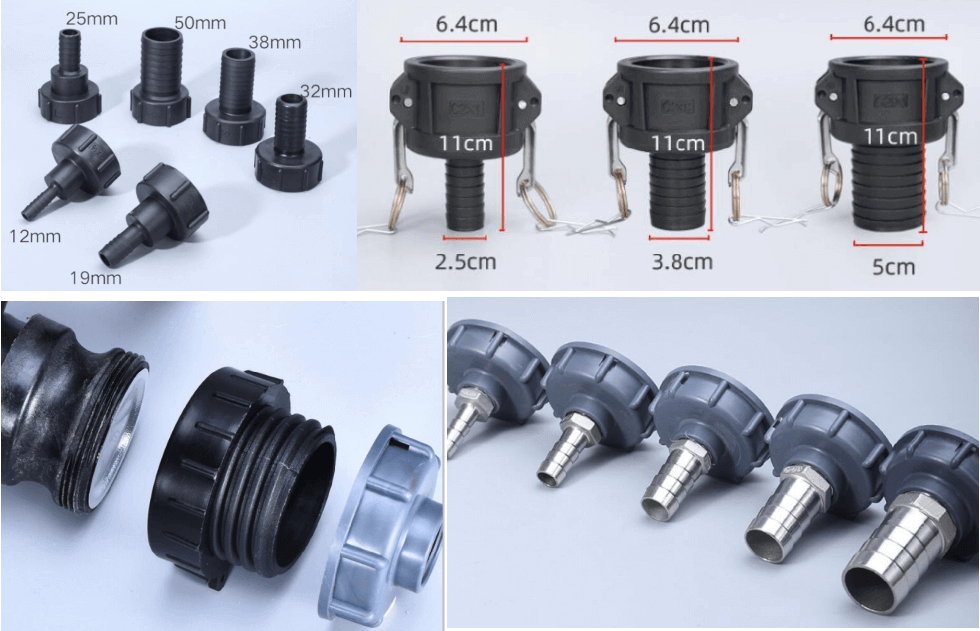
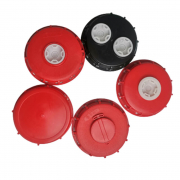 6 Inch 160mm IBC Lids With 2 inch Plugs Vented Caps Closure
6 Inch 160mm IBC Lids With 2 inch Plugs Vented Caps Closure